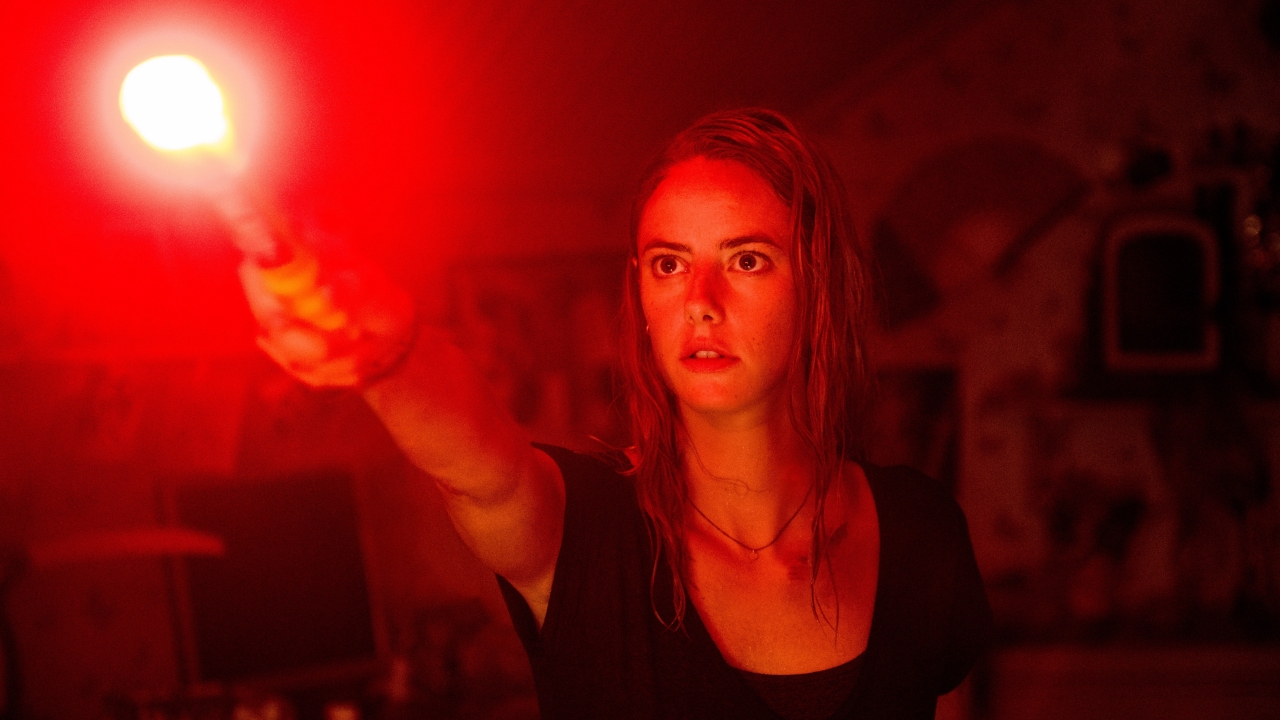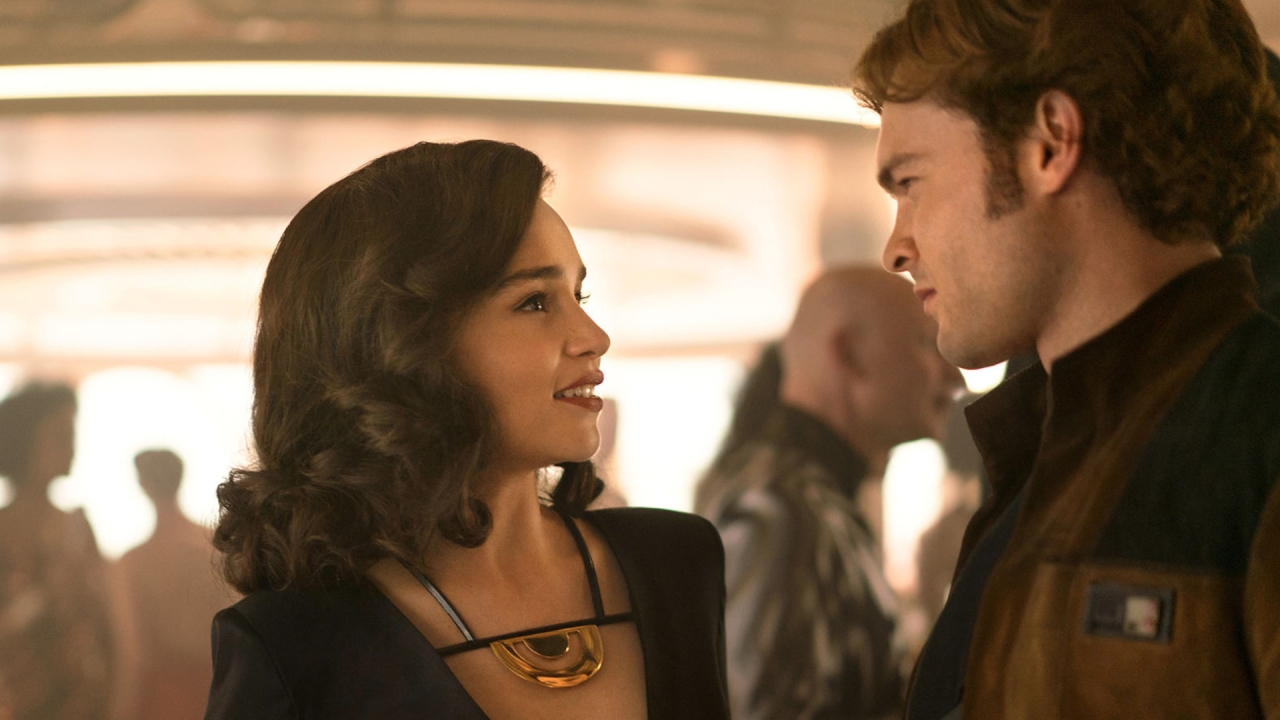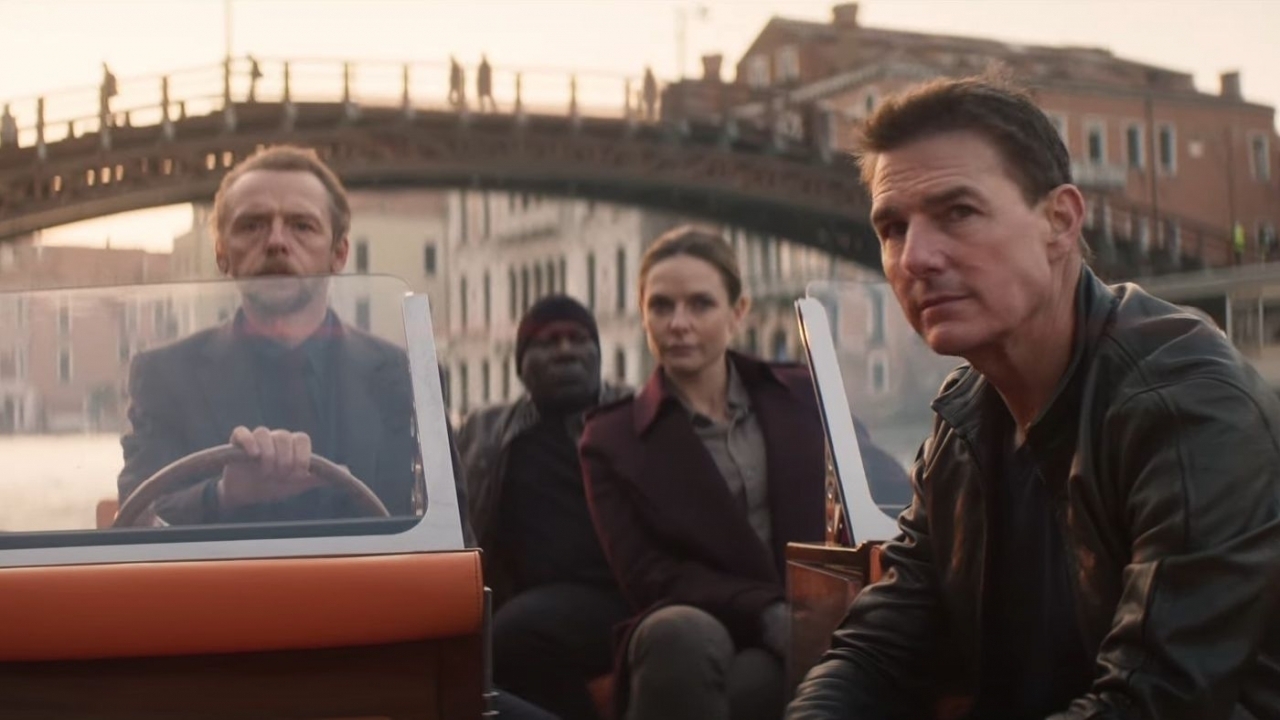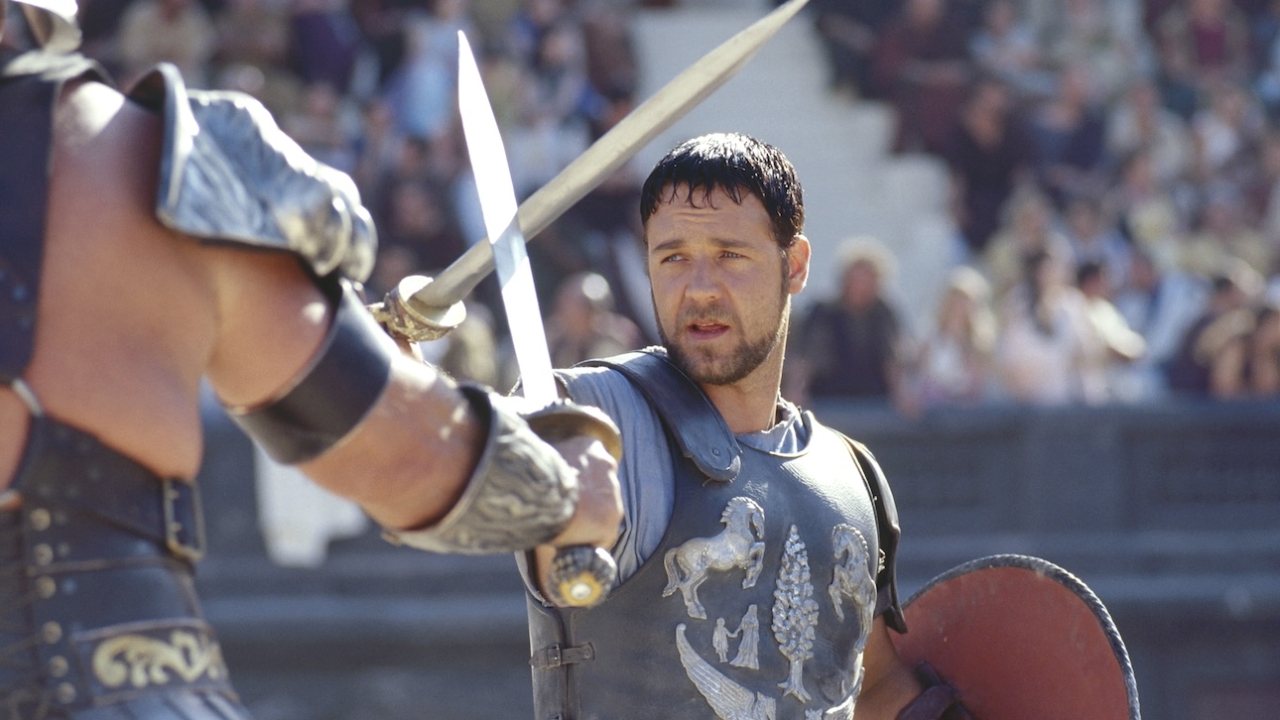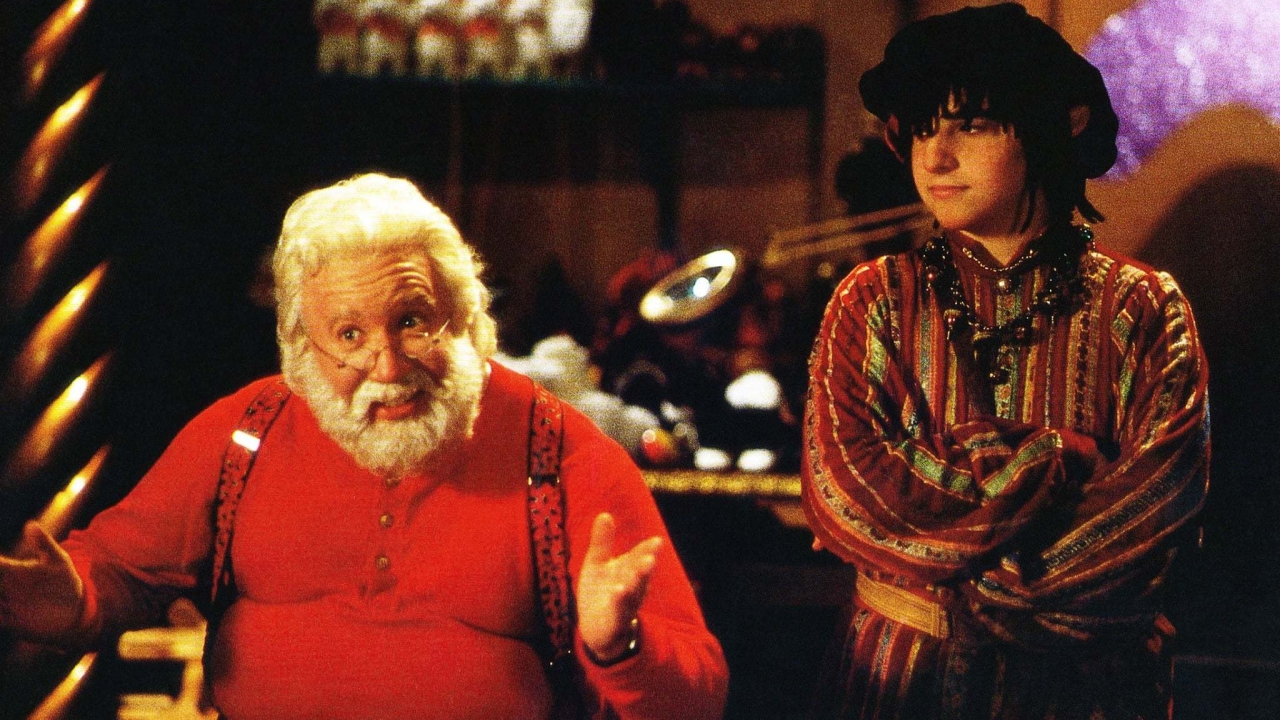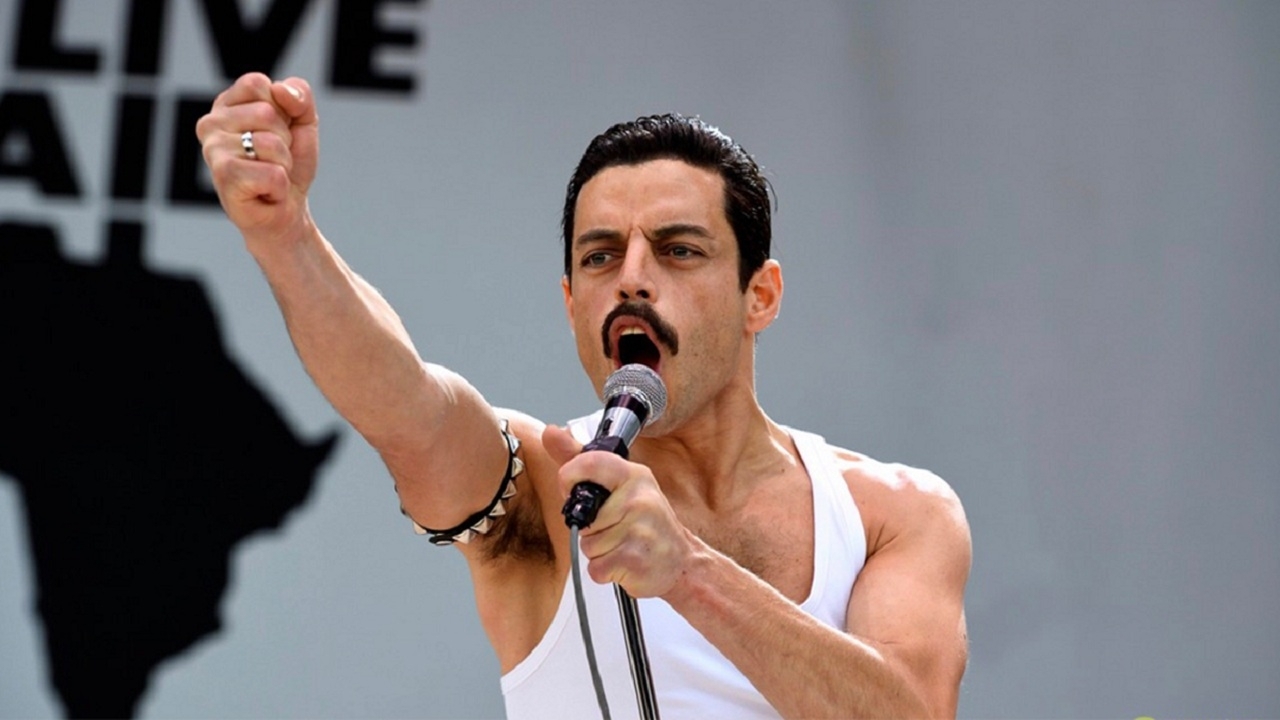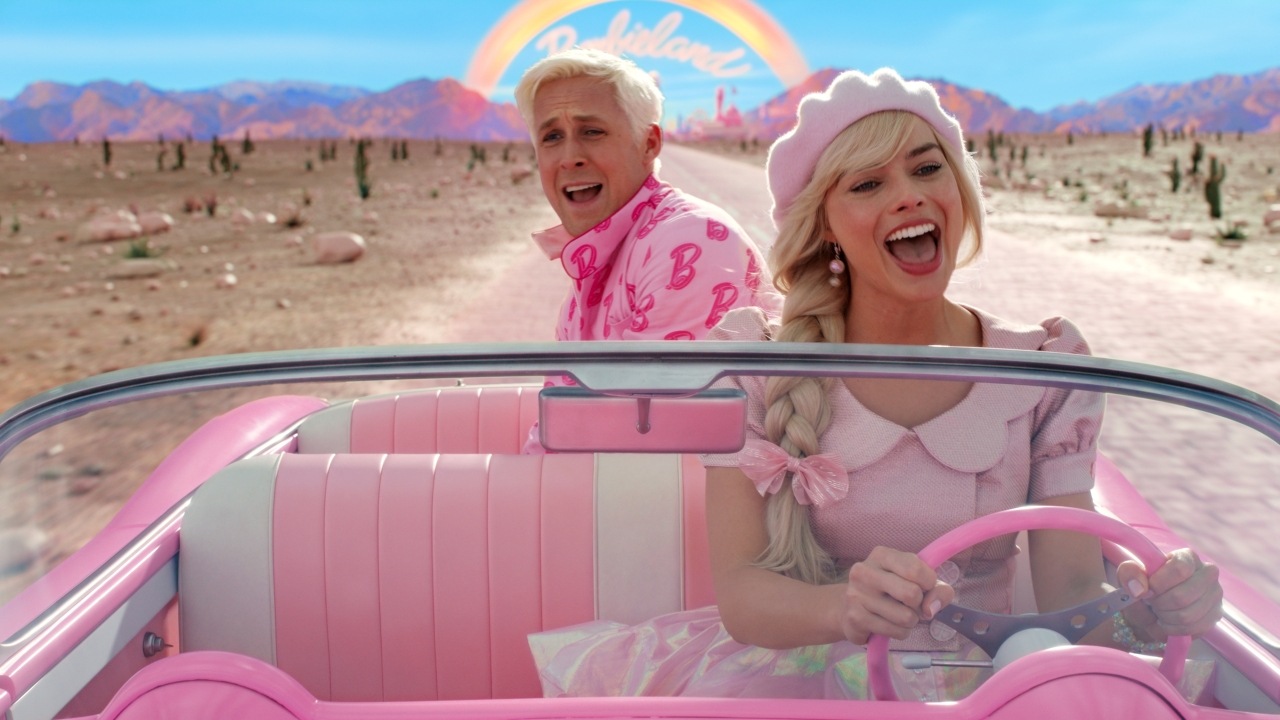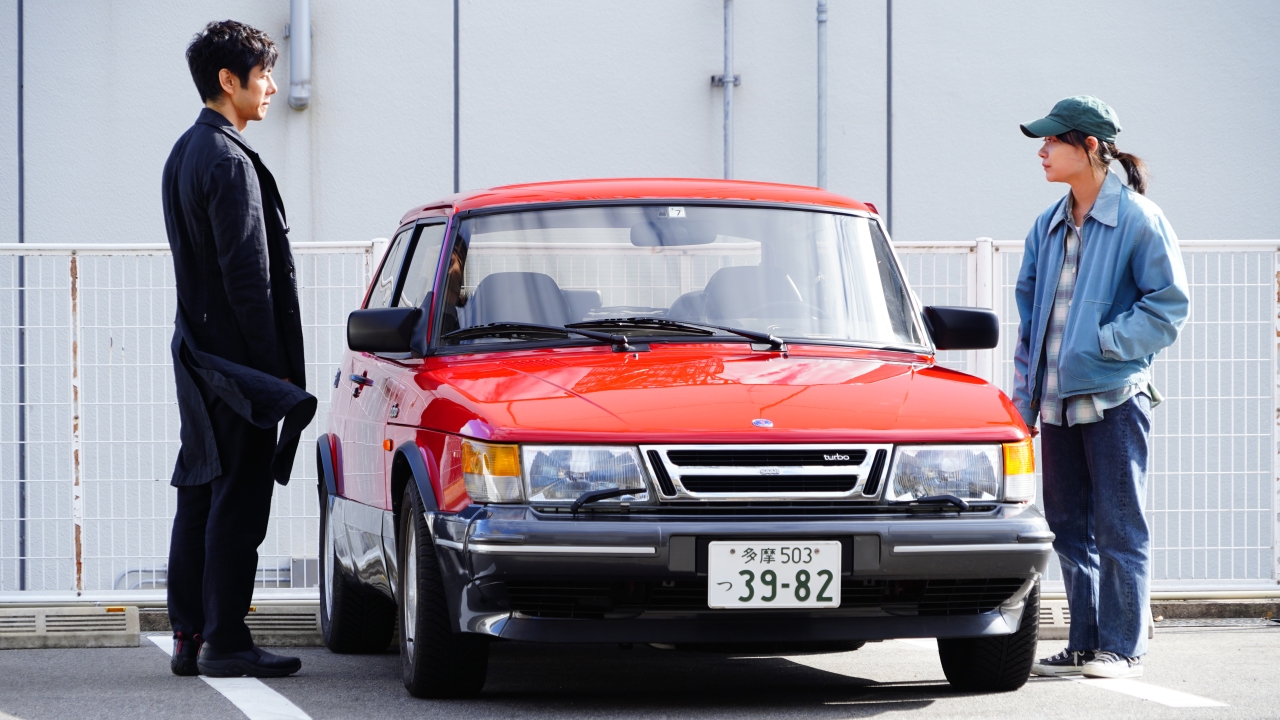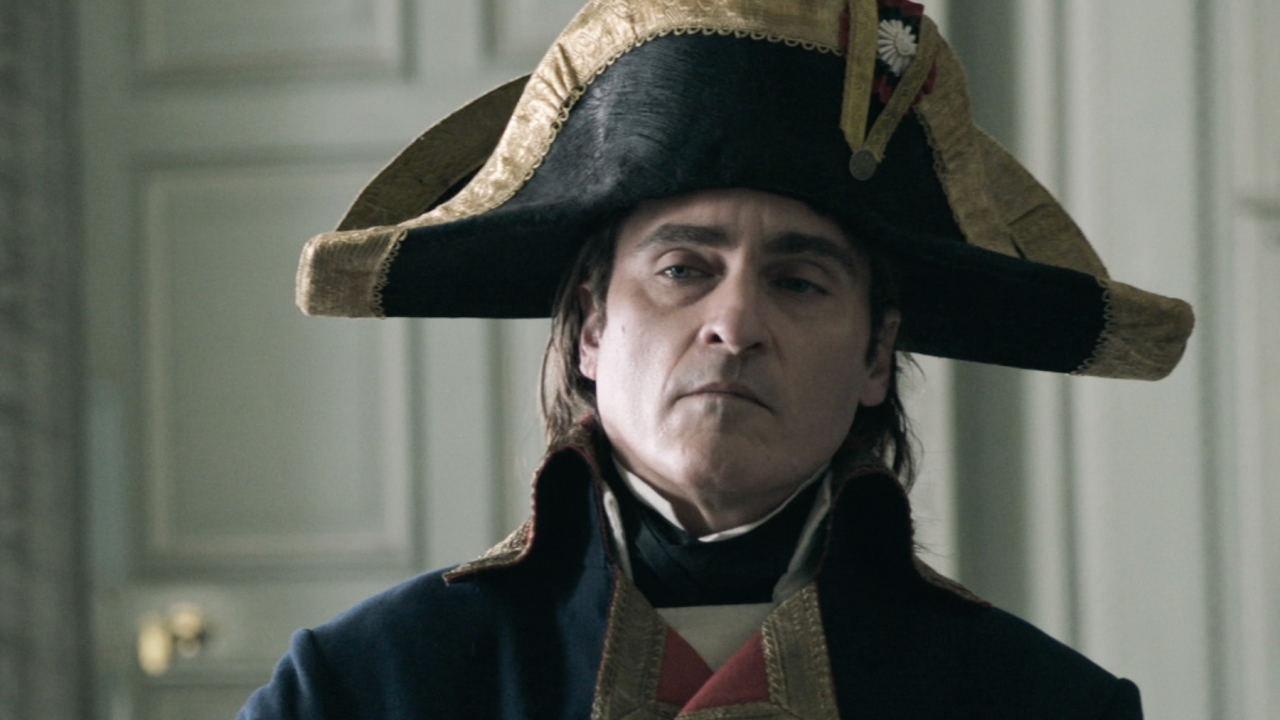Exploring Unseen Dimensions: The Storytelling and Collaboration of Spider-Man and Doctor Strange in No Way Home
News - 15 November 2023
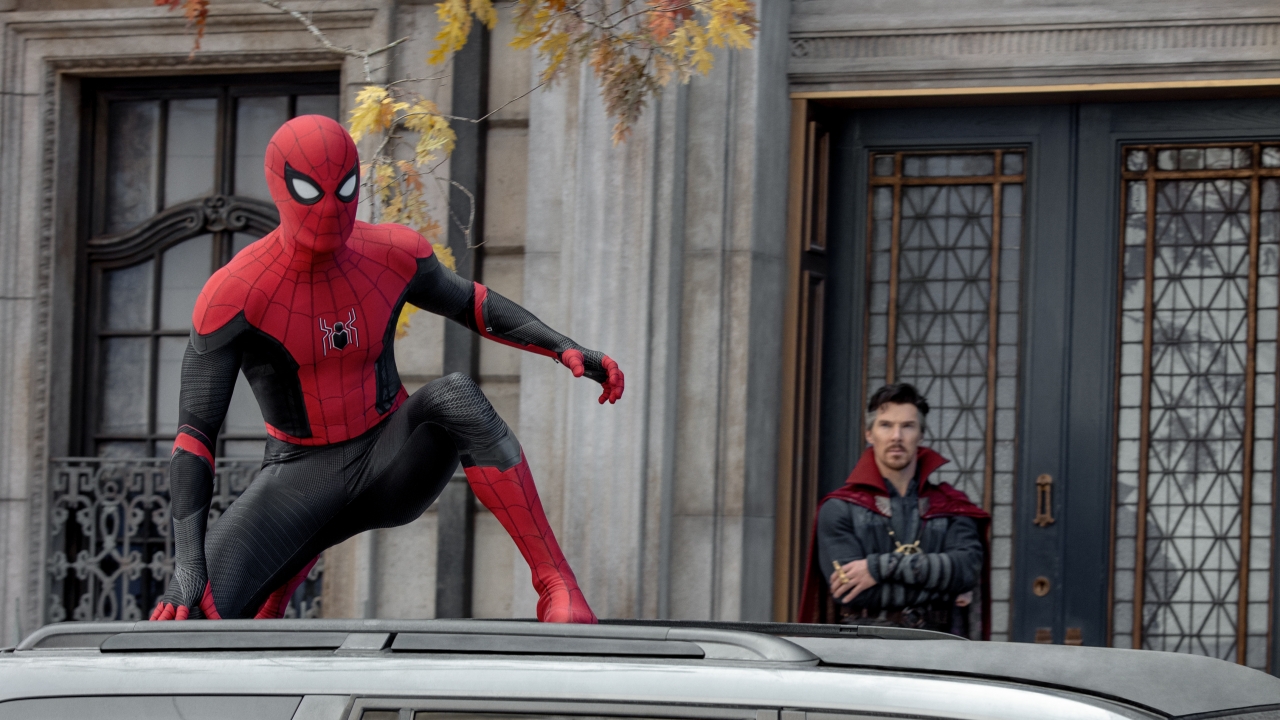
Spider-Man: No Way Home is a film that aims to tell a complex story that spans across different dimensions, showcasing the collaboration between Spider-Man and Doctor Strange. Recent concept art releases have revealed the initial plan to incorporate scenes inspired by the original Spider-Man trilogy featuring Tobey Maguire as the iconic superhero.The concept art offers a glimpse into various familiar moments from the Spider-Man films starring Maguire.
One notable scene depicts Doctor Strange in a scenario reminiscent of the runaway tram sequence from Spider-Man 2. Another image showcases Doctor Strange engaged in combat with Spider-Man in a construction site setting resembling the climactic battle from Spider-Man 3. Additionally, there is artwork depicting a scene where Spider-Man and Doctor Strange seem to be recreating the iconic kissing moment between Spider-Man and Mary Jane in the first Spider-Man film, albeit with a different context where Spider-Man appears to be pleading with Doctor Strange.
While the decision to exclude these scenes from the final film remains unknown, the concept of revisiting these iconic moments was intriguing, even if it may have been deemed excessive for the overall narrative.The concept art provides a unique perspective on what could have been included in the film, offering fans a glimpse into the creative process and the potential directions the story could have taken. The artwork allows for speculation on how these scenes may have impacted the dynamic between Spider-Man and Doctor Strange, adding an extra layer of complexity to their relationship within the film.
It is evident that the filmmakers behind Spider-Man: No Way Home initially considered incorporating elements from the previous Spider-Man films to pay homage to the franchise's history and honor the contributions of past iterations of the character. While these scenes did not make it into the final cut of the film, the concept art serves as a testament to the creative exploration and experimentation that takes place during the development of a project of this scale.Despite the exclusion of these specific scenes, Spider-Man: No Way Home successfully navigates the intricate web of storytelling across multiple dimensions, bringing together different versions of the character to create a cohesive and engaging narrative.
The film's ability to balance nostalgia with innovation allows it to resonate with audiences while also pushing the boundaries of what a superhero film can achieve.The release of concept art offers fans a behind-the-scenes look at the thought process and decision-making that goes into crafting a blockbuster movie like Spider-Man: No Way Home. It provides valuable insight into the creative choices made by the filmmakers and sheds light on the collaborative effort required to bring a project of this magnitude to life.
In Conclusion, while the concept art reveals tantalizing glimpses of what could have been in Spider-Man: No Way Home, the final version of the film stands as a testament to the creative vision and storytelling prowess of the filmmakers involved. By weaving together elements from different dimensions and honoring the legacy of the character, the film delivers a satisfying and thrilling experience for audiences, solidifying its place in the pantheon of superhero cinema.
